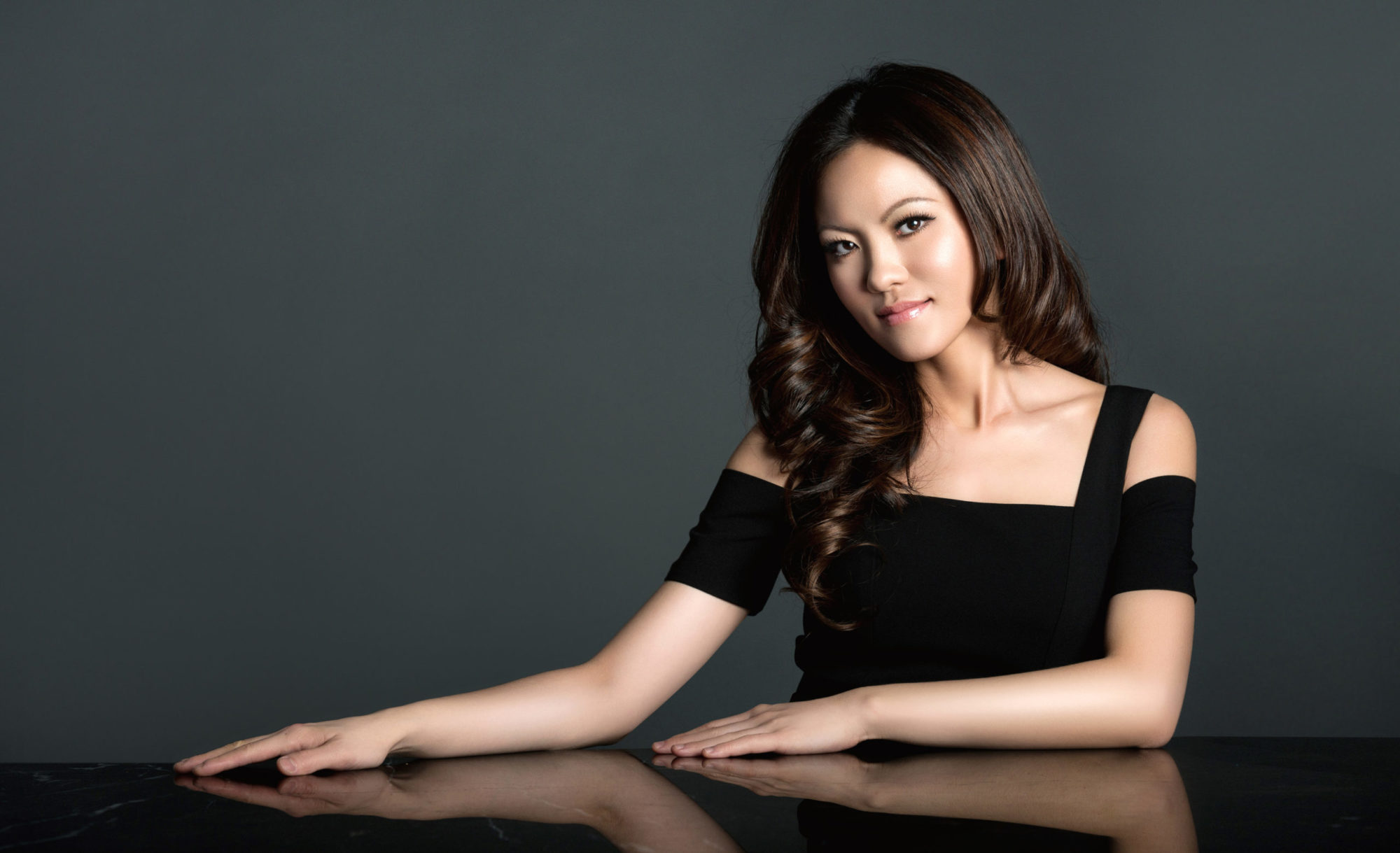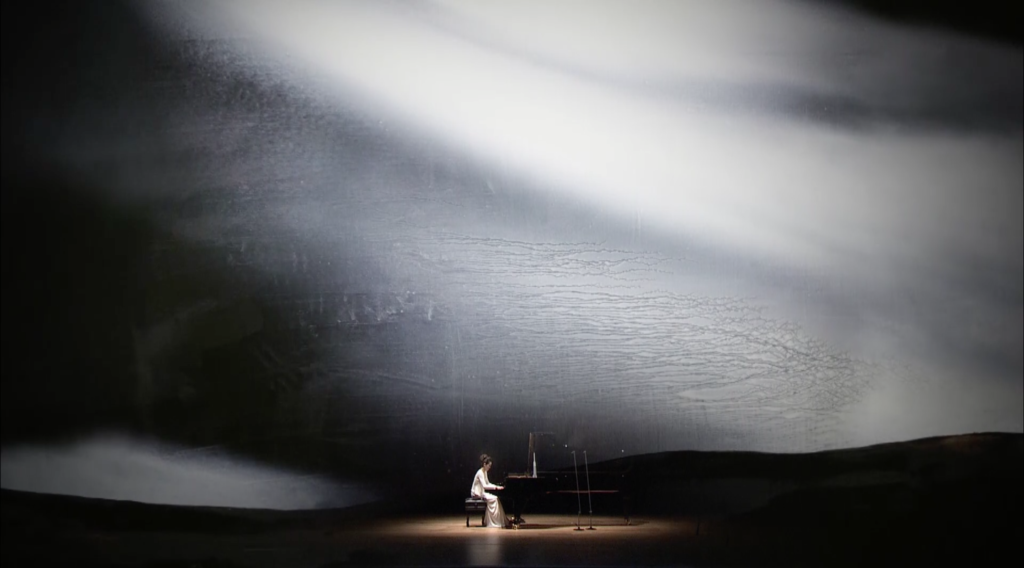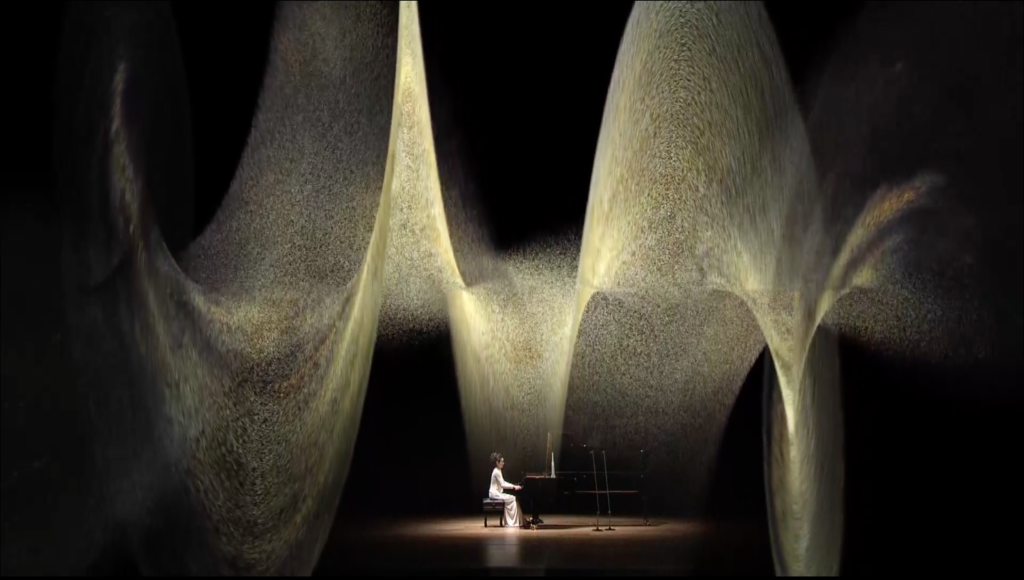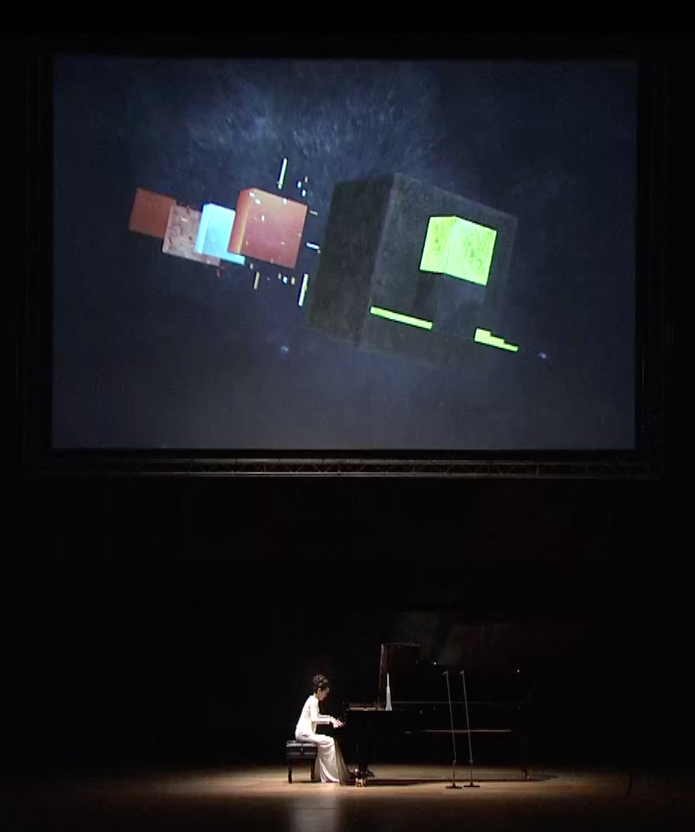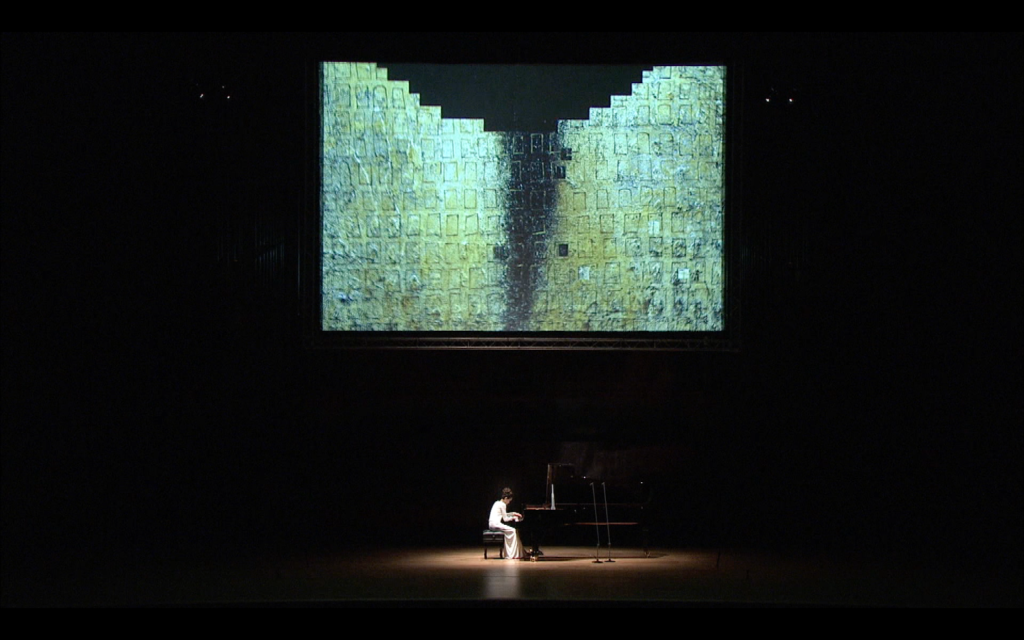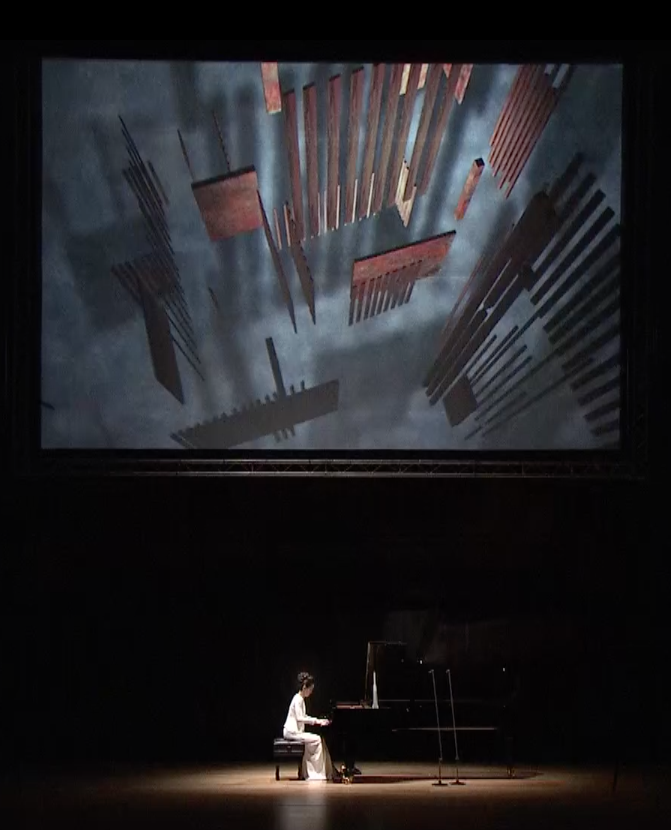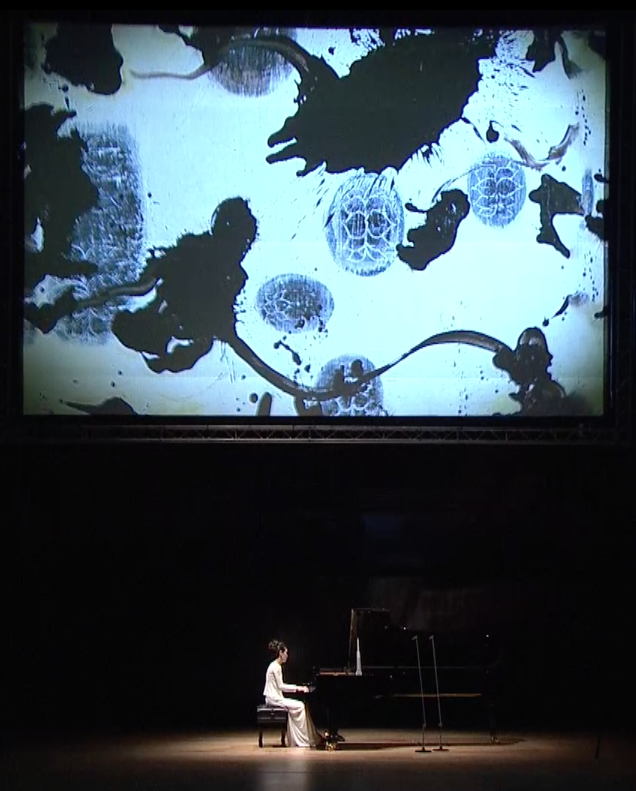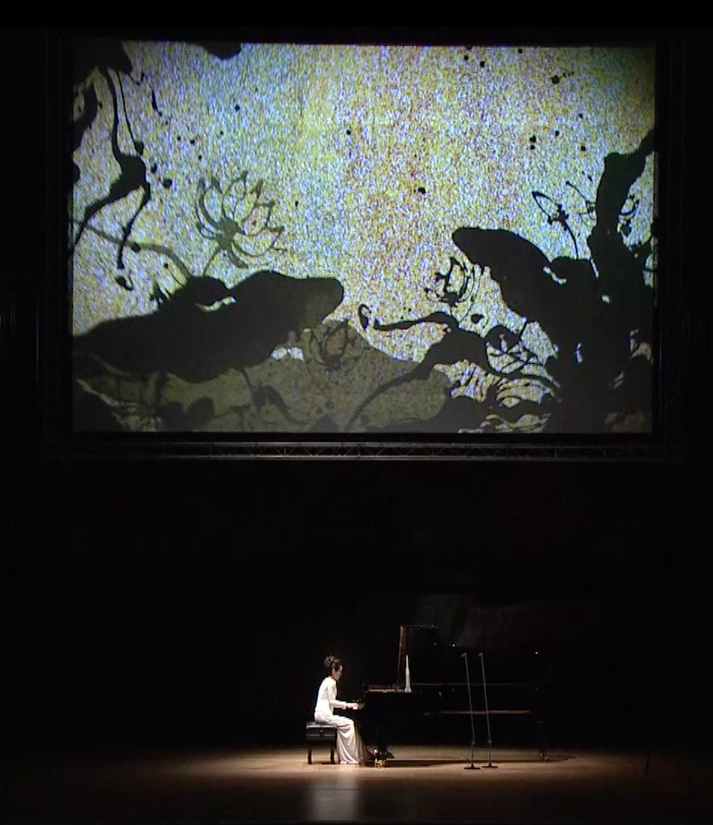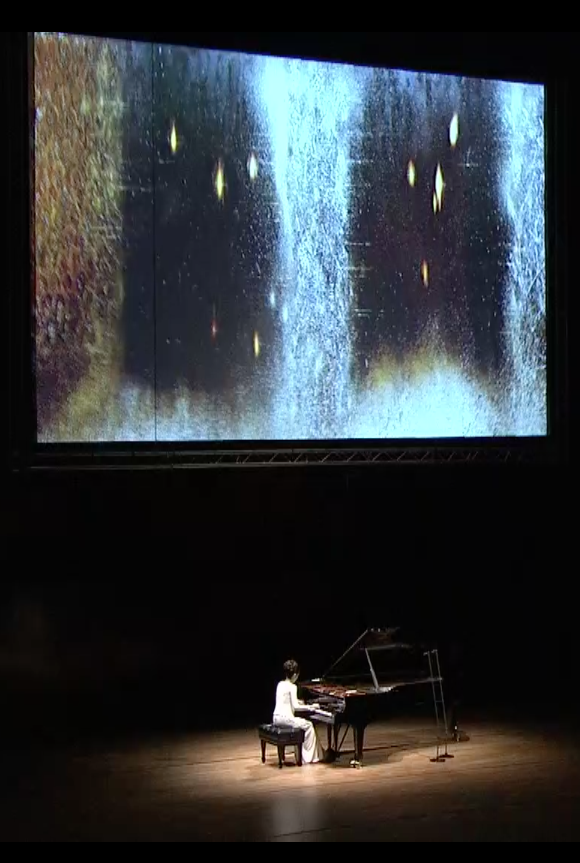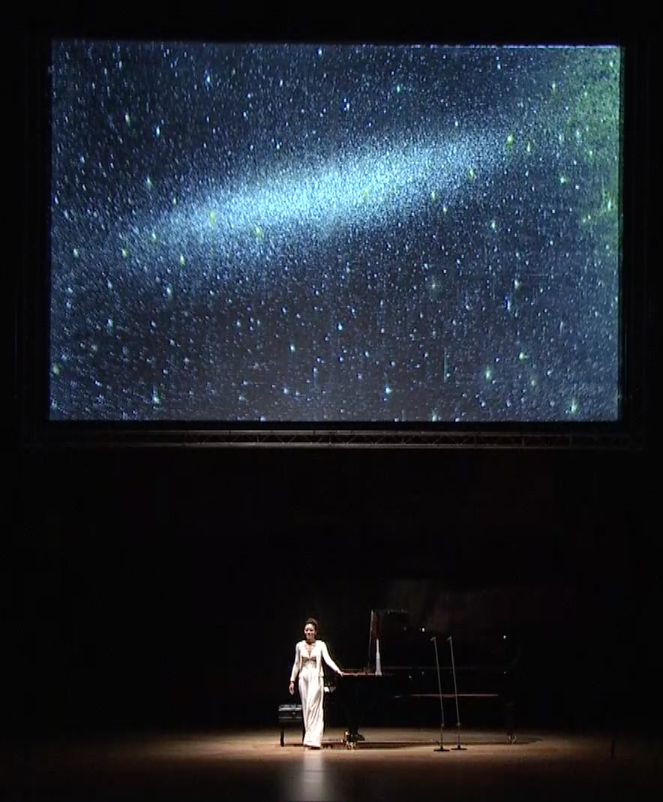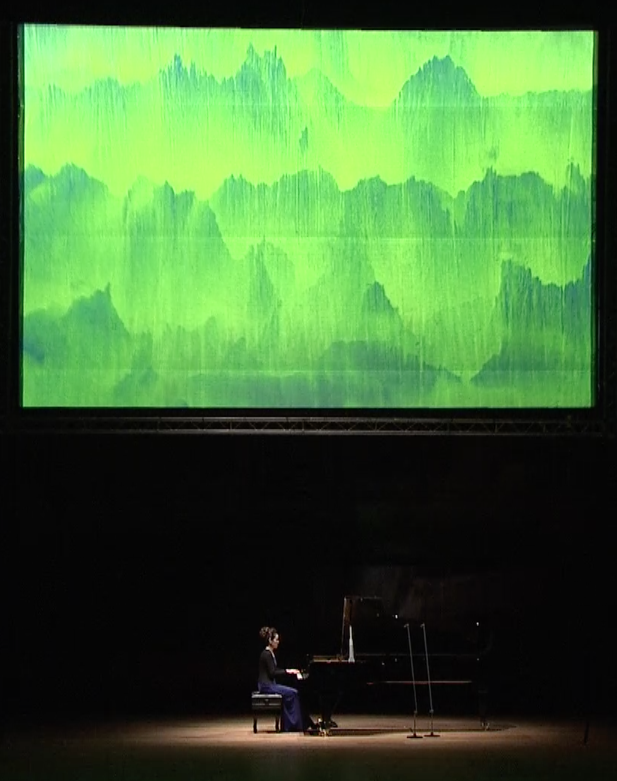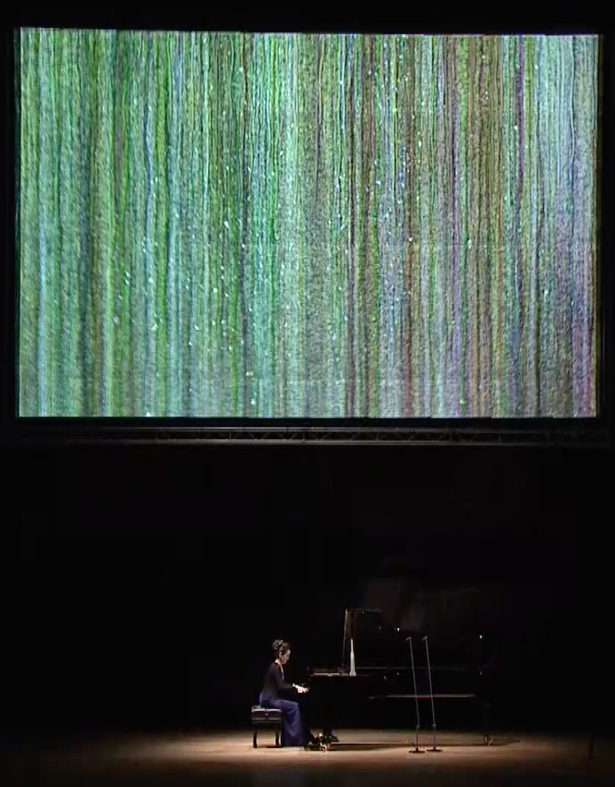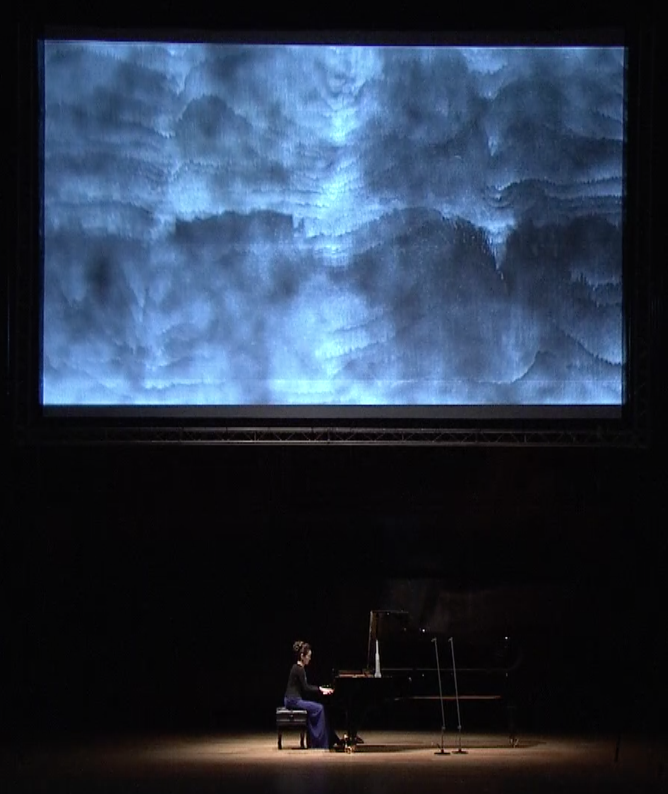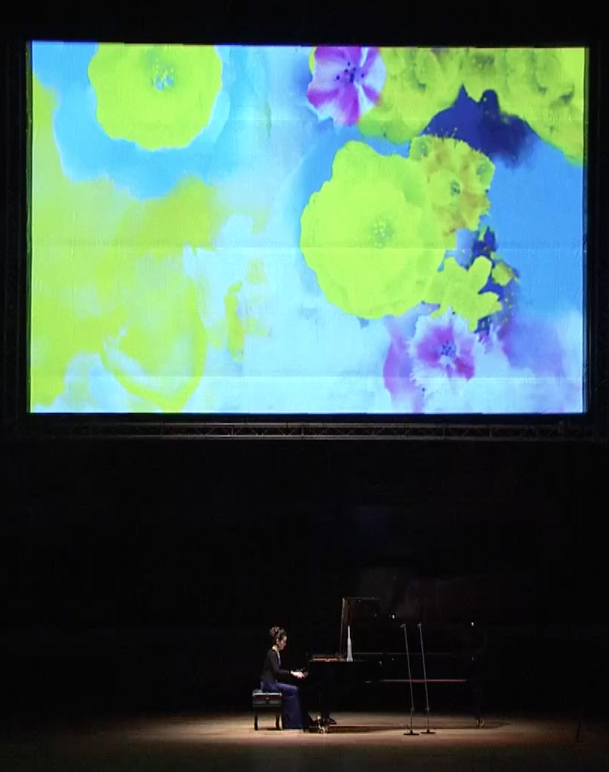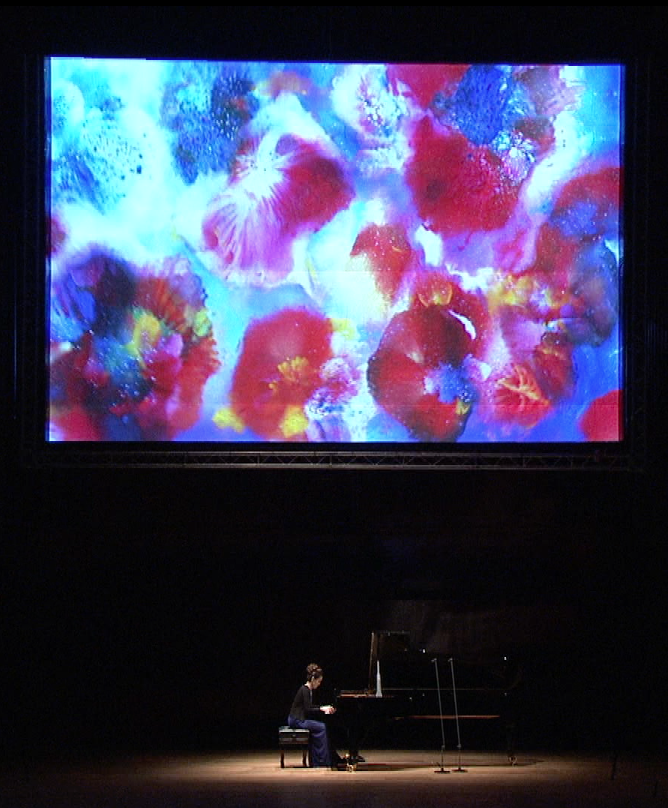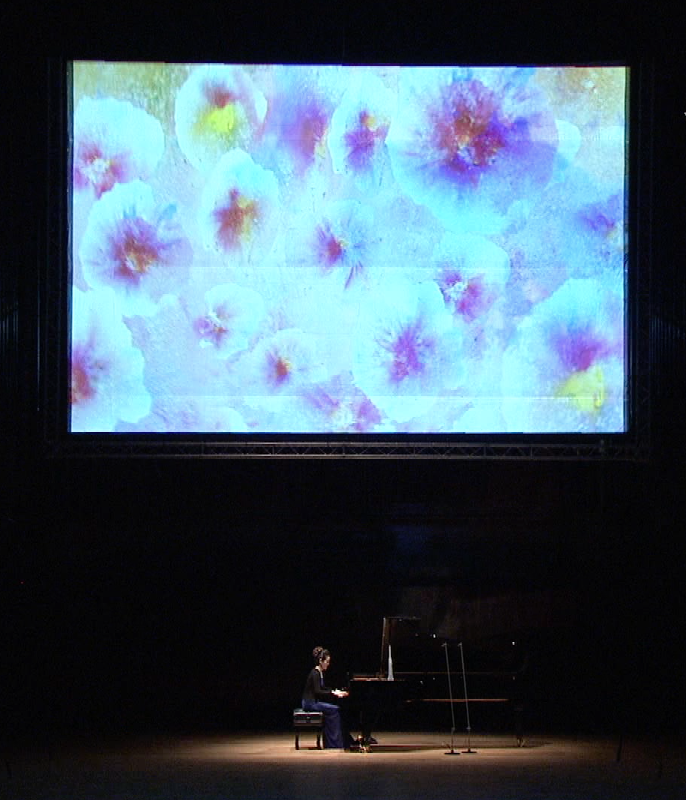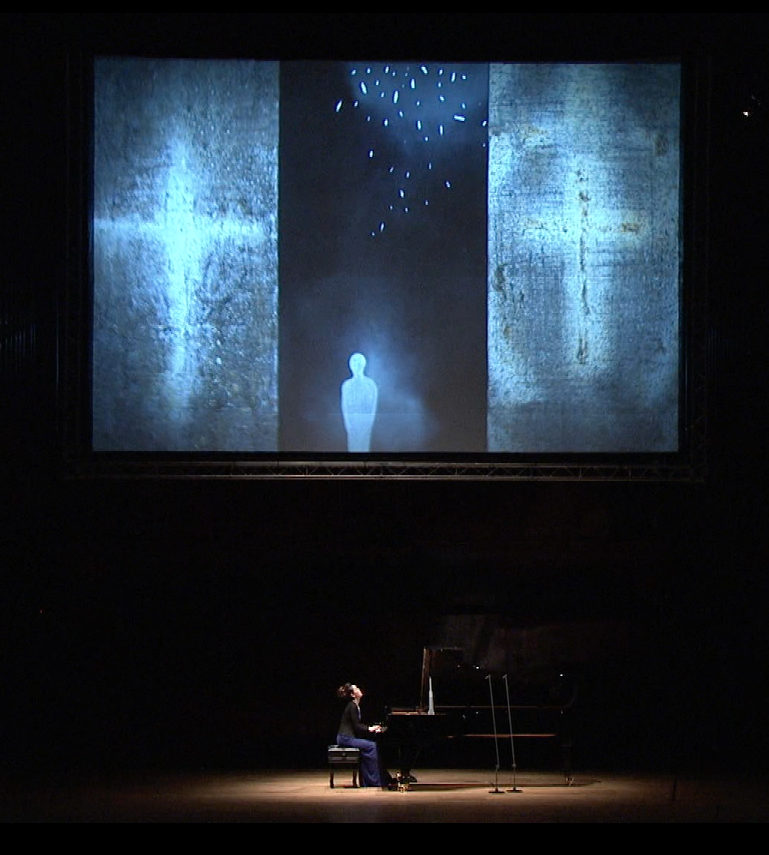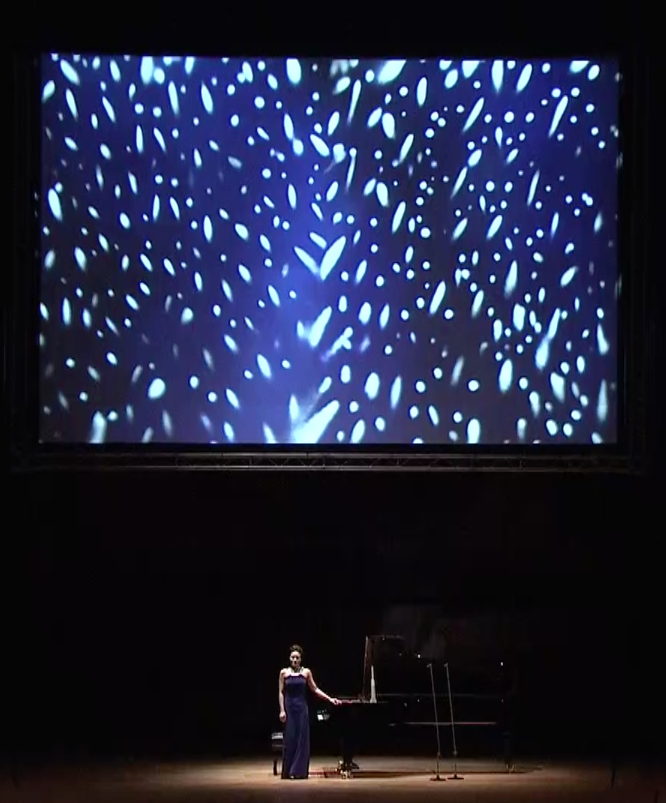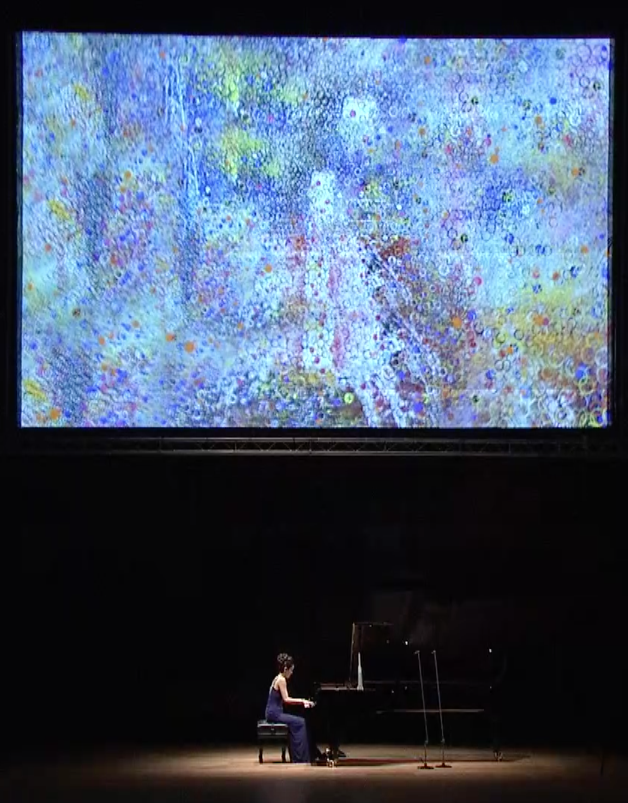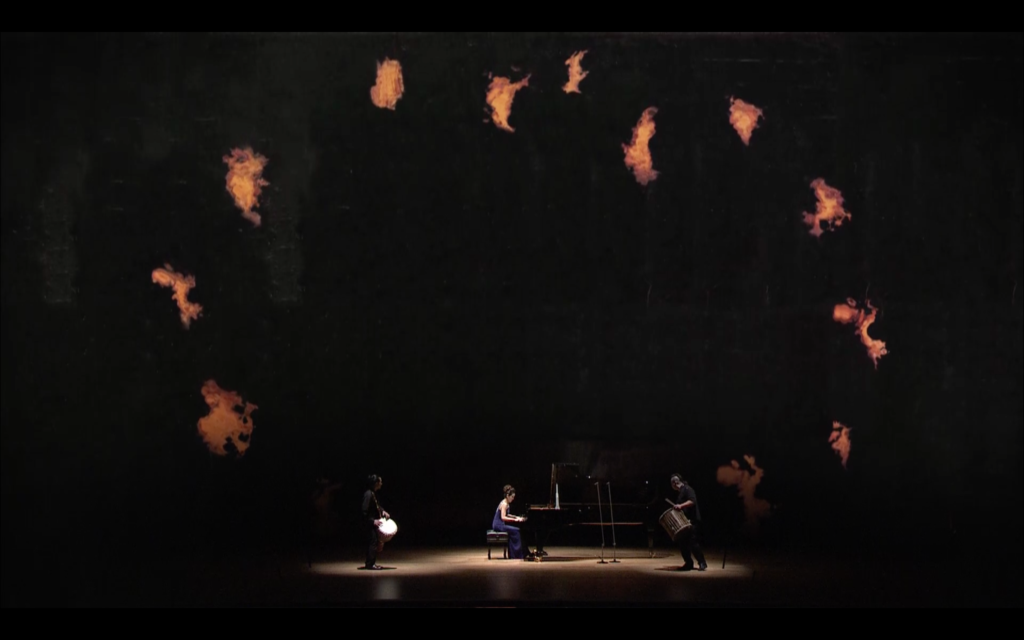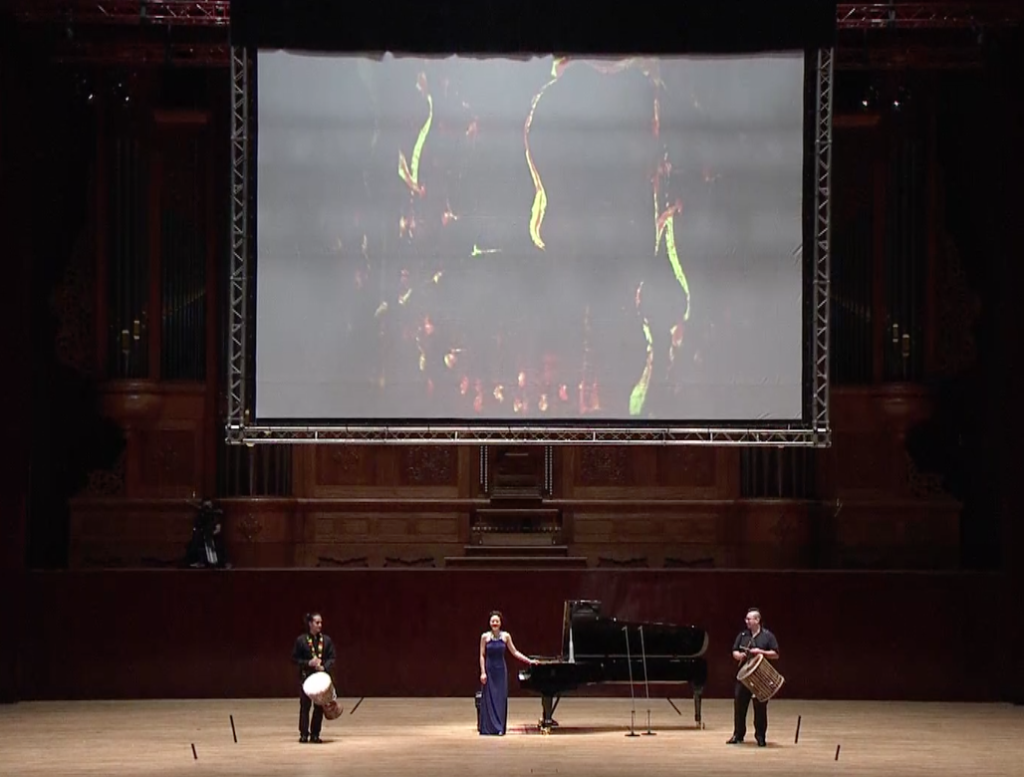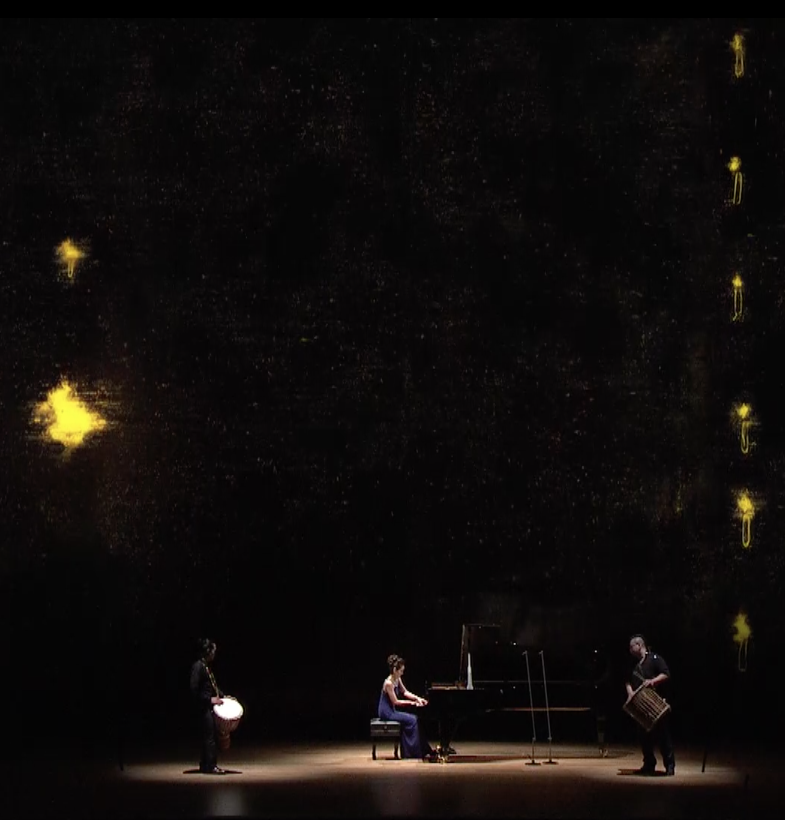A’design Award
MUSE Creative Award
International Design Award
Origin
Through music, composers have been able to connect with the seven human emotions and six desires. Of all the emotions, I believe the most seductive and touching is “Love”. The fate of a Love may be extremely fruitful or prove barren. Love may sneak up on you and make you feel wonderful, passionate, but to what avail? How true is happily ever after? Some may well find happiness and some, only sadness. As there are no set rules, Love cannot be learned nor controlled. Everyone none the less must traverse his/her own complex path in anticipation. Without Love, life may seem meaningless. But with love, life may be hot or cold. Like a roller coaster, Love may take you to the point of bliss or unbearableness. Love can be heaven or hell. Like the power of water, it may lift all boats or it may capsize indiscriminately. How does one find the perfect balance of rational, emotional, and passionate Love? Love is truly one of life’s most difficult emotions. And because of this complexity, literature, art, and music throughout the ages, have used Love as a muse; as Love is the most inspirational and charm of all time.
About
“Amore” comes as a sequel to my first album, “Enchanted”. With “Amore”, I continue my fanciful romance with my 88 keys focusing on love and dreams. Starting with Chopin’s four Ballades, it opens with unbounded imagination. This is followed by a dreamy introspective piece by Liszt, “Liebesträume” No.3, and then a tragic classic, “Romeo and Juliet”, by Tchaikovsky. I finish “Amore” with my new composition, “Butterfly Orchid”, a piece reflecting deep devotion to love. “Amore” is a cross art production in cooperation with modern artists that pushes the limits of the senses by combining abstract music with multi-media visual art to create a new innovative experience. Through the production of “Amore”, I hope to elegantly unite the seven human emotions of Joy, Anger, Sorrow, Fear, Love, Hate, and Affection to create a dramatically diverse program of music and performing art.
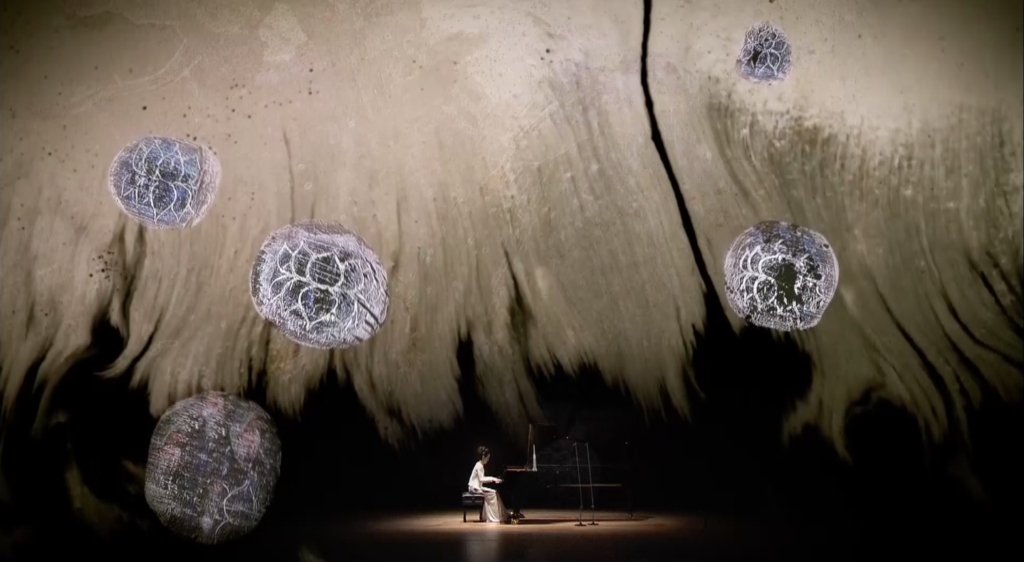
Process
Incorporating visual arts in a cross art production may still be considered in its experimental stages. Cellist Yo-Yo Ma, Pianist Helene Grimaud and Violinist Gil Shaham, to name a few, are musicians that have fueled this type of endeavor (Gil Shaham played six Bach solos with David Micklek’s slow motion film shots). AMORE’s finale concert in Taipei will debut my cross art performance. The preparation was onerous from the animation, to the style of the presentation, and to the story of the manuscript. We explored the romantics, the surreal, among other styles, portrayed through hand drawn illustrations, photo simulations, etc. After several iterations, we had refined our work to incorporate abstract art. I am proud to have managed every aspect of this production as the art director and producer.
With the goal to inject a positive new atmosphere to a concert, I set out to find the perfect balance of visual experiences to complement the music program. My team and I arduously decomposed abstract artwork using 2D and 3D animations, arranging it to tell a story through a creative reproduction of vivid imagery that are reorganized comprehensively to the point where it also complements the music. Though the creativity stretches the imagination, we made sure that it did so without violating the original work. Now with the final visual and music program ready, the next challenge is yet to come with the actual “Live” cross art performance. Ideally, a universal conductor/director versed in piano repertoires, music, stage lighting, and graphics is needed to take control and technically cue and coordinate every aspects of the Live cross art performance. But with limited resources, one can understand the numerous Go Live challenges.
Composing music is a challenge in itself, but to incorporate visual elements and then to debut the production in a live concert performance only adds to the complexity. But I have been a firm believer in innovative works, to push the envelope of artistry, and to elevate the overall level of performing arts. This concert is my new challenge and I hope the viewer will come with an open heart and mind to encourage and support our work.
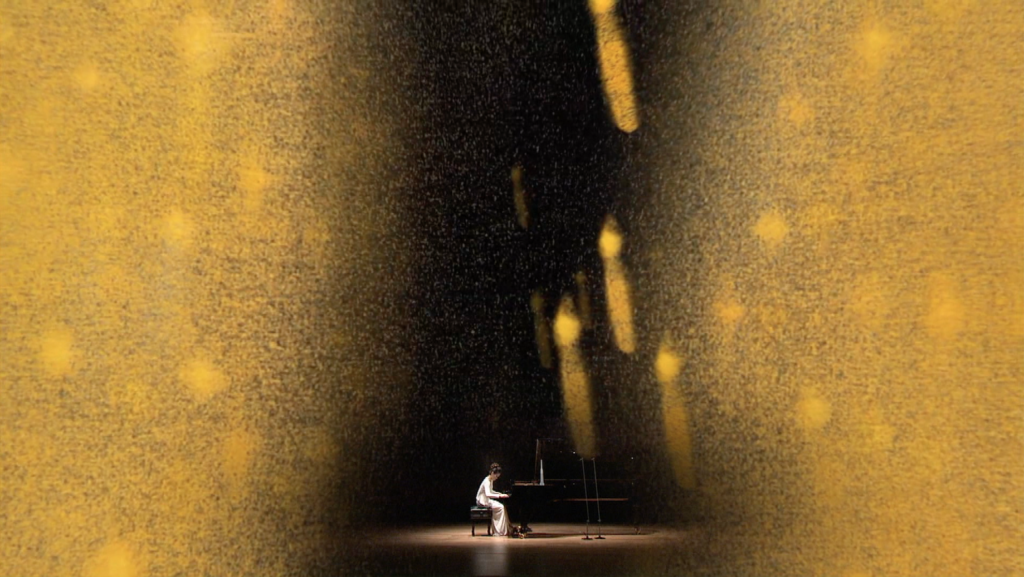
Visual Design
Though music and painting are different professions, both hold a commonality as an art form. The process of selecting the painting, the arrangements, and the timing of the transitions from one painting to another entails a deep knowledge of the artwork and a creative feel for the flow of the visuals in connection with the piano compositions. After selecting the paintings to be used for the visuals, commonalities between the paintings are established and the differentials are highlighted and expanded upon. In the composition of music, there are differences between the themes, the development of each subject, the bridges between each section, and the transfer between keys. These techniques in composing music are echoed in the production of the visuals via animations, segmental differential development, and transformation of the artwork.
The paintings used in our production are by Paul Chiang (a student of my late grandfather, Chen Houei- Kuen, a renowned Taiwanese painter) whom I have known for over a decade. Through my reinterpretation of Mr. Chiang works, our production had enabled an evolution of the original paintings, creating a new intriguing derivative artwork. Mr. Chiang had told me that Classical music is a main source of inspiration for him and hence it has been a theme of many of his past works. Having lived abroad for over thirty years in both Europe and America, Mr. Chiang returned to Taiwan in 1997. Finding a home in Taitung, his style transformed from a darker to a more open brighter form and his artistry was reborn. Post the 9-21 earthquake in Taiwan and the 9-11 attack in the United States, Mr. Chiang, with great compassion, created a series of paintings with far-reaching implications. The caring, prayers, and love of human kind were symbolized openly in his new paintings. Mr. Chiang’s unique artistry blends both the Chinese and Western styles. From the minimalist, to the abstract, to the grandiose, there is music in his paintings.
Music in itself is like a painting, but it just cannot be seen. In this production, I have interpreted and have literally brought to life the images that I feel my music has expressed. Through my natural instinct and experience, I had carefully selected the paintings and structured the arrangements. With Mr. Chiang’s “Imagination of Lotus” series, I noted the Eastern beauty within. With the “Silver Lake” series, I felt pureness. In my view, the images of the two series reflect Chopin’s Ballade No. 2 & 3, which are expected to be inspired by Adam Mickiewicz’s poems, “Undine” and “Switezianka”. The poems were written about love and tragedy in the setting of the haunted lake Switez, depicting images of a glittering body of water surrounded by water lilies.
Through their creations, artists have left a cultural legacy for the world. When I looked upon the “Meditation of Eternity” series, I felt a sense of spirituality in its directness, yet I also felt its’ complexity and vastness in breadth and depth. It precipitated my contemplation of existence and the afterlife. This series, with its’ thought provoking introspections suit the complexity of Ballade No. 4, which together provide for a fitting end to the first half of my program.
The next four series that I will describe next are works that were actually inspired by classical music. The “Song Without Words” and the “On Wings of Song” series were inspired by Felix Mendelssohn, the “Keyboard” series was inspired by Claude Debussy, and the “Transfigure” series was inspired by Arnold Schoenberg’s “Transfigured Night”. The first three painting series mentioned are named after the exact name of the composer’s composition. These painting series in themselves are symphonious. “Song without word” speaks to the beauty of music that is beyond description. This piece happens to be one of the first repertoires that I had studied when I first arrived to New York City. Being drawn to it emotionally, I tied this series to Ballade No. 1, which is my favorite of the four Ballades. Mr. Chiang’s “Transfigure” series is about redemption and purification of one’s heart and soul. To me, this series is also appropriate for Ballade No. 4, as this Ballade ranks at the highest level in artistry among the four Ballades. Imagination without boundary is how I feel about the “On Wings of Song” series. The “Keyboard” series speaks for itself as it relates to my piano. The latter two series are fitting for my new composition “Butterfly Orchid”, which will be performed in the finale of the evening’s program.
“Liebesträume” No. 3 is intimate to me as it reminds me of my Mom, whom had played this piece numerous times throughout my childhood. I used the “Luxembourg Garden” series to depict the vivid variations of the four seasons and the “Mountain Range of Taiwan” series for its feel of grandeur. The two series work well together to illustrate the universal state of love of all mankind through its majestic landscapes reflecting the motherland and with the four seasons depicting the cycle of life.
Love can be heaven and hell as portrayed by Tchaikovsky’s classic interpretation of Shakespeare’s “Romeo and Juliet”. The “Pisilian” series works well here with its’ unpredictable deep ocean blue and colorful floral images. The vivid contrasting colors cleverly echo the deep love of Romeo and Juliet contrasting the deep hate of the Montague and Capulet. The visuals here are explosive and have hidden uncertainties within. In my eyes, the series exude a sense of unique sinful beauty.
Music to me is like a faith or a religion. I believe Mr. Chiang feels the same way about his paintings. The “Hundred Year Temple”, “Saint Sulpice” and “Notre Dame de Paris” series depict both East and West divinity. The “Hundred Year Temple” appears in Ballade No. 4, as the composition is the most difficult and complex piece in the first half of my program; and the temple visuals depict increasing spiritual enlightenment in parallel to the increasing intensity of the Ballade. Similarly, the “Saint Sulpice” and “Notre Dame de Paris” series are presented in Romeo and Juliet, as the Tchaikovsky’s classic is the most dramatic and the heaviest in the entire program. Life is like a drama, like a dream, it is unpredictable, and in the end your heart needs to find a place to belong. These series represent the holy sanctuaries where the souls of music may find everlasting peace.
Since I was a child, I have had linked dreams spanning multiple nights. I enjoy writing stories about my dreams, and in this recital, I am making my dream a reality. My composition, “Butterfly Orchid” (Taiwan is known as the kingdom of orchids and butterflies with over 300 species of orchids and over 400 species of butterflies) came about in a dream I had after a visit to the Orchid Botanical Garden in Tainan. The story is about devoted love with the butterfly representing love and hope. Where ever it stops, there is hope and chance. So where there is love there is a heaven and one can feel reborn again.
In 2013, I attended Mr. Chiang’s exhibition where he combined music, dance, architecture, and paintings. At that time, Mr. Chiang told me that when he was young he enjoyed listening to “Clair de Lune” by Claude Debussy, exclaiming the piece was his first love (this piece is also one of my favorites). Mr. Chiang continued, telling me that at that time, he had a blueprint already in mind, but felt that he was not mature enough to tackle the task. Only after returning to Taiwan, did he finish his “Keyboard” series which in total had spanned a half a century to complete. Naturally his first love has become the love for my “Butterfly Orchid” composition. As I believe it is the perfect symbol for my concert Amore.
“On Wings of Song” by poet Heinrich Heine was published in the Buch der Lieder in 1827.
On Wings of Song,
Sweetheart, I carry you away,
Away to the fields of the Ganges,
Where I know the most beautiful place…
In high school, I recall playing the flute adaption of Mendelssohn’s “On Wings of Song” and I still remember the beautiful melodies of the piece. In my view, the “On WIngs of Song” series depicts the butterfly in flight and hence this series was incorporated into the visuals of my “Butterfly Orchid”. I want to invite everyone to spread their wings of imagination and together we can all fly to a wondrous kingdom. I dedicate this piece to my Mom, Yu-Chiou Tchen, who had devoted herself to Taiwan and Love. She is my role model.
Goal
I hope I had proficiently blended the abstract visuals with my music program and to have adeptly incorporated the Five Eastern Elements of Gold, Wood, Water, Fire, and Soil into Western classical music. All in to have produced a production that has achieved a mutual interdependence Yin-Yang balance.
Blessing
A flower blossoms and withers. Life, fate, and love each have a beginning and an ending. Eastern stories like the “Butterfly Lovers” and Western stories like “Romeo and Juliet”, both exudes love and ends tragically. But with Amore, I wish all the lovers in the world a happy life and may all your dreams come true.
NEWS
MUZIK AIR
CNA
China Times
FTV
Musico : SYMPHONIC POEM-Paul Chiang -A Restropective by Chia-Hui Lu
